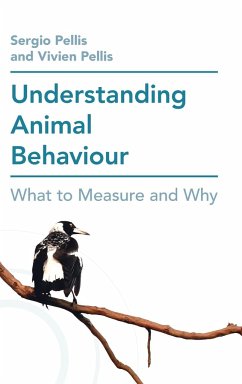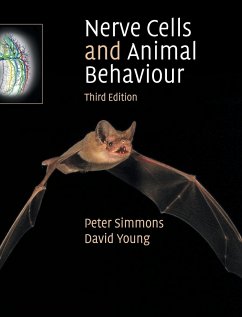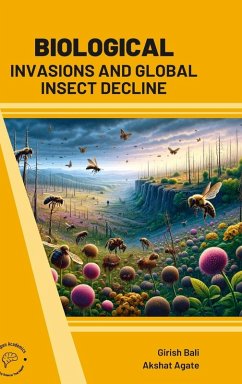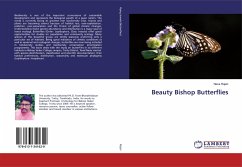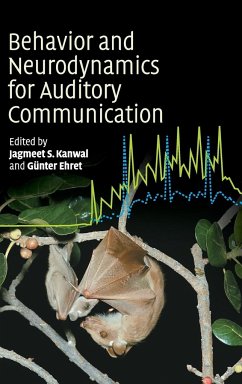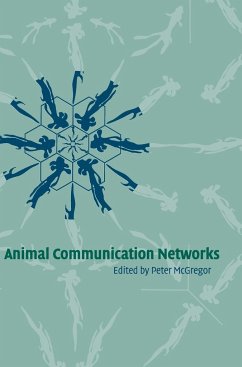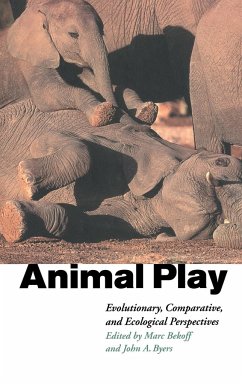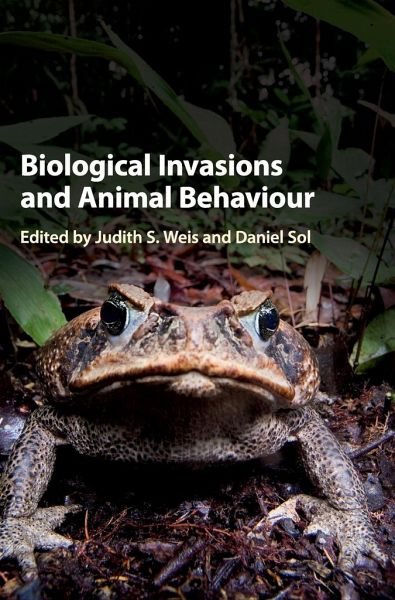
Biological Invasions and Animal Behaviour
Versandkostenfrei!
Versandfertig in 1-2 Wochen
101,99 €
inkl. MwSt.
Weitere Ausgaben:

PAYBACK Punkte
51 °P sammeln!
How does behaviour affect biological invasions? Can it explain why some animals are such successful invaders? With contributions from experts in the field, and covering a broad range of animals, this book examines the role of behaviour in biological invasions from the point of view of both invaders and native species. The chapters cover theoretical aspects, particularly relevant behaviours and well-documented case studies, showing that behaviour is critical to the success, and ecological and socio-economic impact, of invasive species. Its insights suggest methods to prevent and mitigate those ...
How does behaviour affect biological invasions? Can it explain why some animals are such successful invaders? With contributions from experts in the field, and covering a broad range of animals, this book examines the role of behaviour in biological invasions from the point of view of both invaders and native species. The chapters cover theoretical aspects, particularly relevant behaviours and well-documented case studies, showing that behaviour is critical to the success, and ecological and socio-economic impact, of invasive species. Its insights suggest methods to prevent and mitigate those impacts, and offer unique opportunities to understand the adaptive role of behaviour. Offering a comprehensive overview of current understanding on the subject, the book is intended for biological invasion researchers and behavioural ecologists, as well as ecologists and evolutionary biologists interested in how organisms deal with anthropogenic environmental changes such as climate change and habitat loss.






